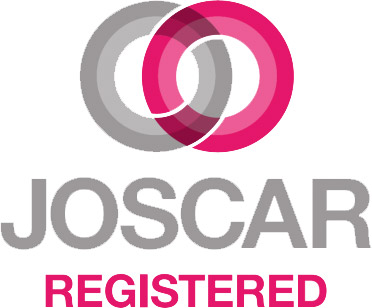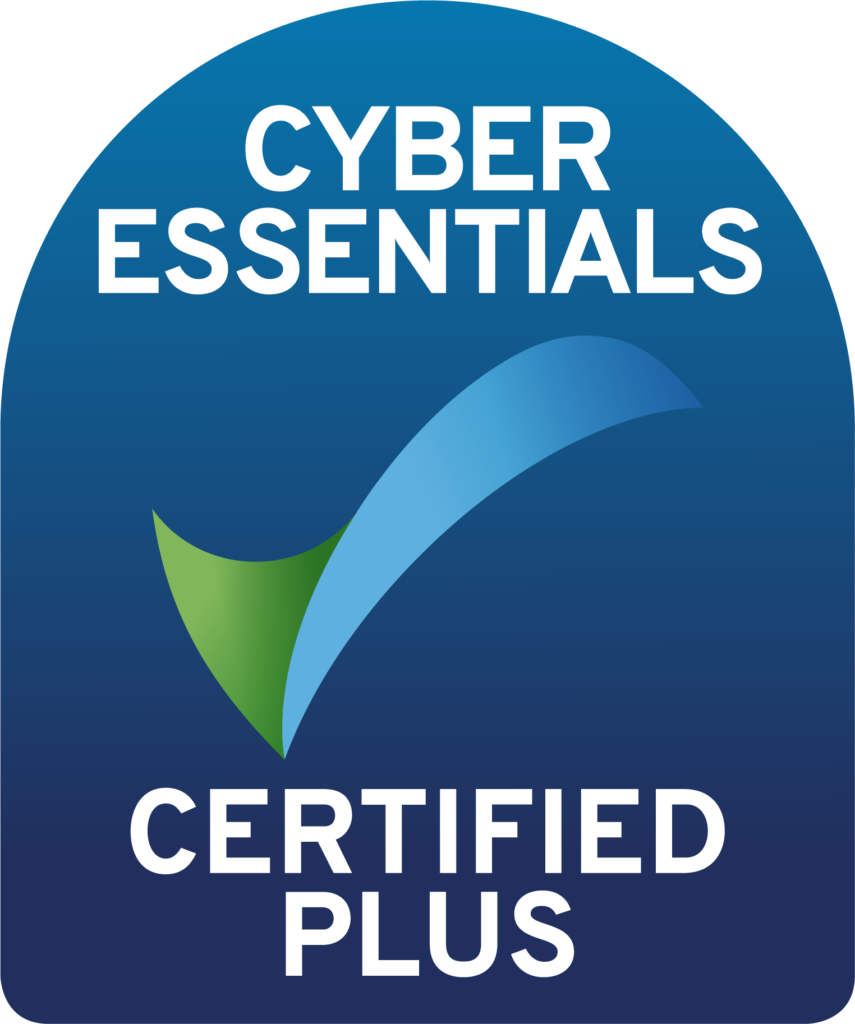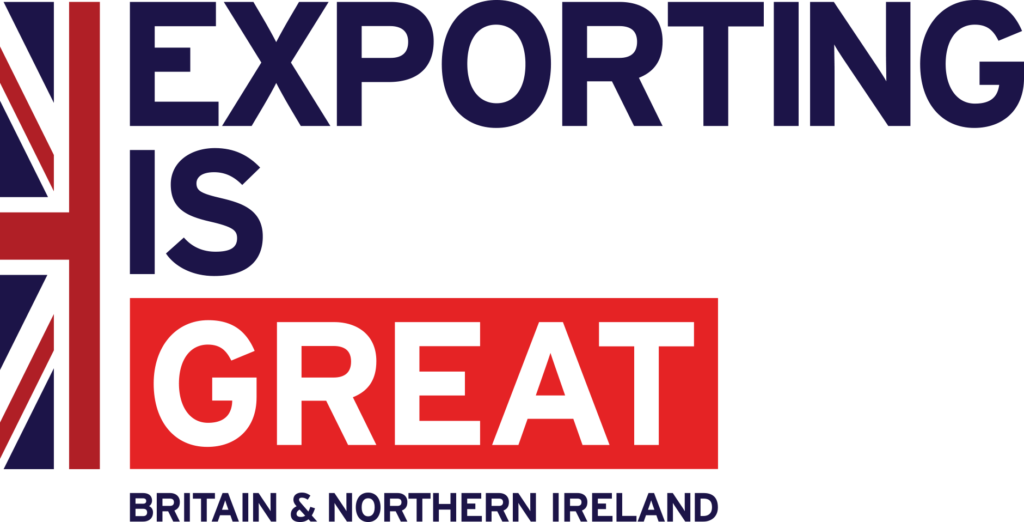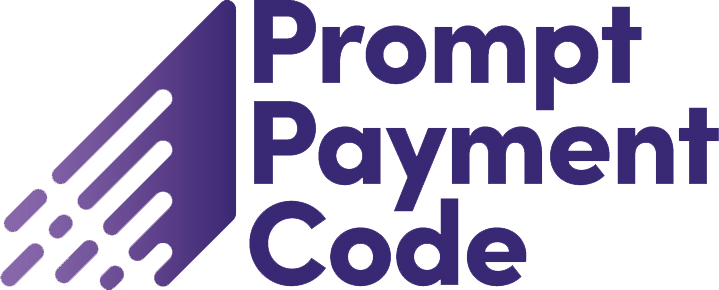Taking project risk management to the next level.
Organisations usually establish a programme to bring together an inter-related set of both projects and business as usual activities. Together these deliver the outcomes needed to realise the strategically important benefits for the sponsor. For example, building the Athletes Village for the London 2012 Olympics.
Programmes are different from a portfolio of programmes, stand-alone projects and other initiatives that are similar. For example, pharmaceutical companies frequently group their drug discovery activities into therapeutic areas e.g. cardio-vascular disease or cancer.
From a risk management perspective, we recognise the following features of programmes:
- Require high level leadership and direction
- Have a life span of years rather than months
- Require the commitment and active involvement of more than one organisation
- Multiple stakeholders e.g. customers
Have extensive inter-dependencies between projects (of different types and sizes) - A lot of uncertainty and risk.
By using Predict! as a programme risk management tool you can:
- Allow project and work package leaders to manage risks at their level
- Give programme board level visibility of project and related operational risks (e.g. performance, hot spots, and contingency needs etc.) – more informed decision-making
- Determine project priorities from a programme perspective
- Have visibility of risks at the project interfaces – enabling timely management
- Achieve cost savings by identifying common risks and mitigating these at programme level.
With the right organisational structure and software in place, you can view, monitor and manage risks across all projects at programme level.
Using a programme-wide, multi user, system is essential to push risk management to those that are best placed to manage the risk. On a programme of many large projects this is the only way to both have risks managed at project level and to have visibility and support at the highest levels of the programme organisation. Without this level of control, the recording and management of risk varies between projects in the programme, rendering a strategic view of risk difficult or impossible.
Mike Gladwin, Programme Risk Manager, Doha Expressway









